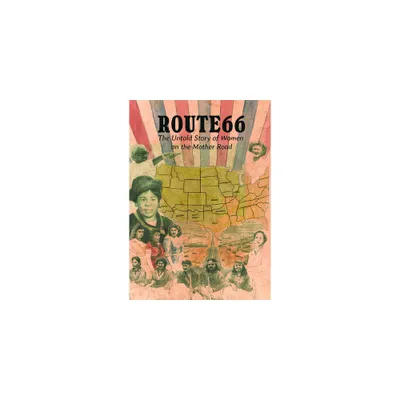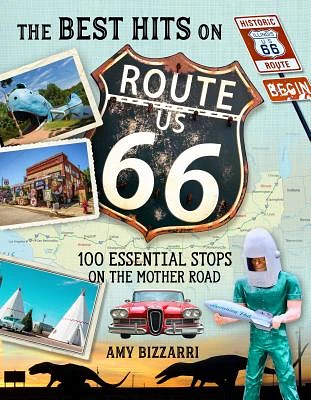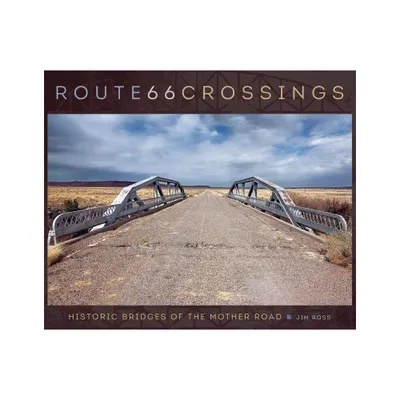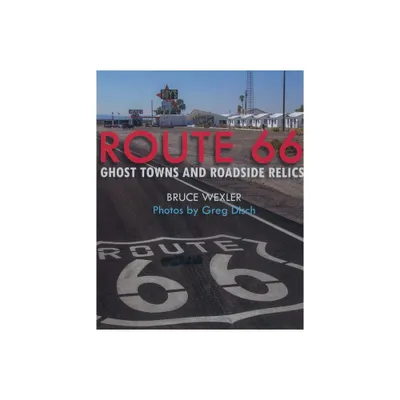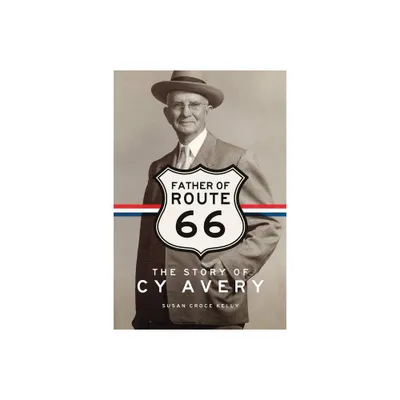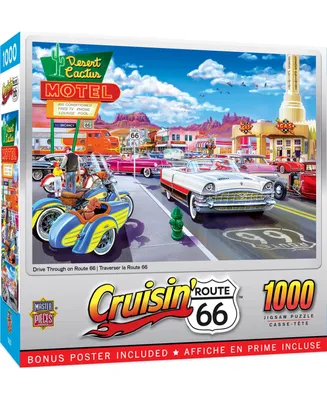Home
Route 66 Crossings: Historic Bridges of the Mother Road
Loading Inventory...
Barnes and Noble
Route 66 Crossings: Historic Bridges of the Mother Road
Current price: $29.95


Barnes and Noble
Route 66 Crossings: Historic Bridges of the Mother Road
Current price: $29.95
Loading Inventory...
Size: OS
*Product Information may vary - to confirm product availability, pricing, and additional information please contact Barnes and Noble
Route 66 is a beloved and much studied symbol of twentieth-century America. But until now, no book has focused on the bridges that spanned the rivers, creeks, arroyos, and railroads between Chicago and Santa Monica. In this handsome volume, Route 66 authority and veteran writer and photographer Jim Ross examines the origins and history of the bridges of America’s most famous highway, structures designed to overcome obstacles to travel, many of them engineered with architectural aesthetics now lost to time. Featuring hundreds of Ross's own photographs,
Route 66 Crossings
showcases bridges ranging in design from timber to steel and concrete, and provides schematics, maps, and global coordinates to help readers identify and locate them. Ross’s comprehensive accounting of structures along the Mother Road’s various alignments includes bridges still in use, those that have vanished or have been abandoned, and the few consciously preserved as monuments. He also recognizes ancillary structures that enhanced safety and helped facilitate traffic, such as railway grade separations, tunnels, and pedestrian underpasses. Ross seeks to encourage ongoing preservation of the structures that remain. In brilliant color and precise detail,
expands our knowledge of the bridges that linked America’s first all-weather national highway.
Route 66 Crossings
showcases bridges ranging in design from timber to steel and concrete, and provides schematics, maps, and global coordinates to help readers identify and locate them. Ross’s comprehensive accounting of structures along the Mother Road’s various alignments includes bridges still in use, those that have vanished or have been abandoned, and the few consciously preserved as monuments. He also recognizes ancillary structures that enhanced safety and helped facilitate traffic, such as railway grade separations, tunnels, and pedestrian underpasses. Ross seeks to encourage ongoing preservation of the structures that remain. In brilliant color and precise detail,
expands our knowledge of the bridges that linked America’s first all-weather national highway.

